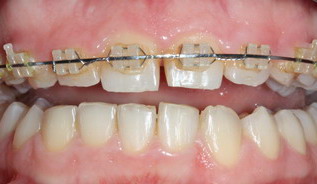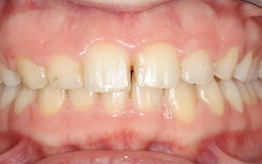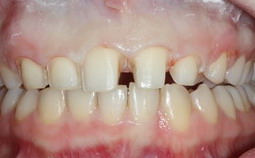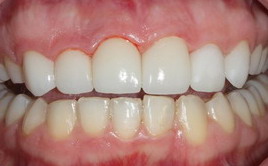Porcelain veneers, alternatively termed dental veneers or dental "porcelain laminates" , are wafer-thin shells of porcelain that are bonded onto the front side of teeth so to create a cosmetic improvement for a tooth. Porcelain veneers are routinely used by dentists as a way to make cosmetic changes for teeth that are discolored, worn, chipped, or misaligned. Porcelain veneer technique utilizes the bonding capability of these materials to securely attach a thin shell of porcelain (the porcelain veneer) to a tooth. Although porcelain is inherently brittle, when it is firmly bonded to a sturdy substructure (a tooth) it becomes very strong and durable. Two of the greatest advantages of porcelain veneers over other types of cosmetic dental bonding are:
|
||
|
||



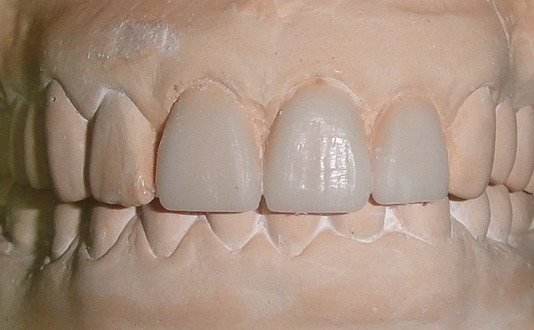
-
Check up with the specialist for the consultation.
-
Study & Simulation Model made for the evaluation.
-
Photo and X-ray records for the comparison.
- Teeth preparation.
- Try in & modified the veneers for expecting result match.
- Final veneers bonding.


- Braces+Porcelain Veneers for adult teeth crooked:

